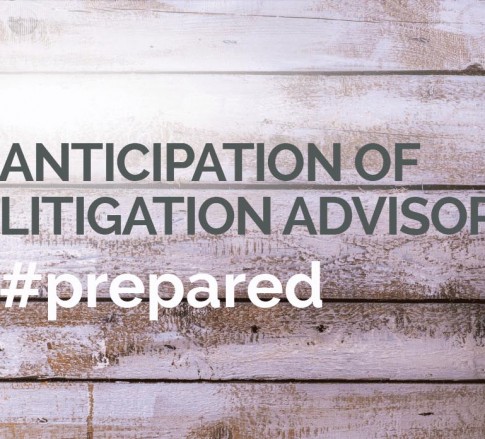Technology-Assisted Review Continues to Develop as E-Discovery Tool
September 26, 2018
By: Douglas J. Crouse
As the volume of digital documents involved in litigation discovery has expanded and the desire of clients to limit the time and costs associated with discovery has increased, many attorneys have shifted from manual document review to computer-assisted review facilitators such as concept clustering, threading, and search. This more automated approach to document discovery continues to evolve with the emergence of “technology-assisted review” tools or “TAR.” Under TAR, a highly knowledgeable, human reviewer (i.e., someone who understands the client’s business and the complexities of the claims) codes a subset of documents to “teach” the TAR system how to cull and categorize the entire document pool. The same lawyer performs a quality assessment after the TAR algorithms organize the entire document set and continue to refine the “instructions” until an acceptable level of accuracy has been achieved These automated programs take tech-based review beyond simple keyword search and actually propagate the relevance analysis on their own.
Proponents of TAR tout its effectiveness against traditional (aka eyes-on, manual, linear) document review. Not only is TAR more efficient and cost-effective when properly utilized1, it typically generates more consistent and accurate results. Traditional document review is susceptible to imperfections caused by human error, inconsistencies among individual reviewers and mistakes resulting from attention lapses that inevitably occur during time-consuming and time-sensitive review projects. Indeed, a sophisticated, automated process allows for across-the-board consistency as compared to human review, which is subject to individual interpretation.
Yet, as history has taught, technology often outpaces human development. While the largest law firms and the Department of Justice have acknowledged the value of TAR, a significant portion of the legal community has been slow to accept these systems and understand their potential applications. Work by Duke University’s Electronic Discovery Reference Model (EDRM) group may help bring TAR processes fully into the mainstream. The group is currently working on guidelines for TAR discovery as well as a best practices document. Educating lawyers and - perhaps more importantly - judges, about the benefits of TAR will likely help all participants in litigation become comfortable with these systems, streamlining document review in most cases and decreasing disputes among opposing parties regarding appropriate discovery methodologies.
1 TAR requires the application of data analytics, which comes at an additional cost per gigabyte. One would not want to incur that cost without then using the TAR program to advance review. Further, some TAR engines are not as effective on smaller data sets.



